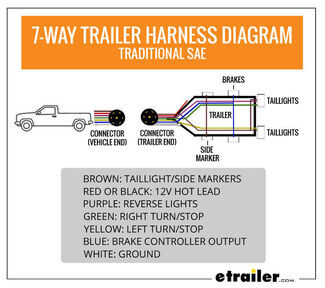
Tire Repair & Inflation Tools
Be Ready for Any Tire Emergency—Essential Repair Tools and Tips.
What should I keep in a tire repair kit?
How do I fix a punctured tire on the go?
If you get a small puncture (like from a nail), you can often repair it yourself:
- Find the leak by listening for air escaping or using soapy water to spot bubbles.
- Remove any debris stuck in the hole with pliers.
- Use a reaming tool to clean out the puncture and prepare it for a plug.
- Insert a self-vulcanizing plug using a plug insertion tool, then trim off any excess.
- Inflate the tire to the correct PSI and check for leaks before driving.
This kind of repair is great for temporary fixes, but for major damage or sidewall punctures, you’ll need a new tire.


























